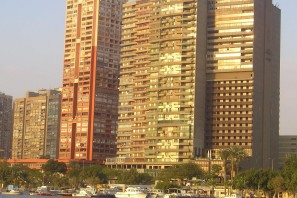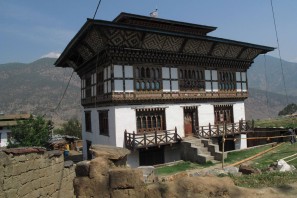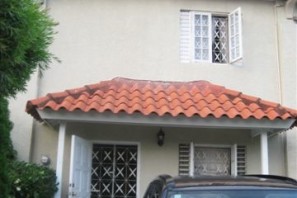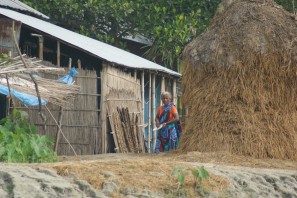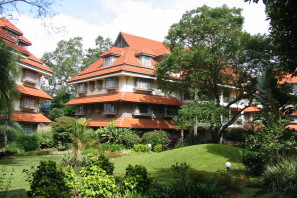About this Collection
What do I want to find out?
Explore pupils’ attitudes to the idea of home and discover what criteria they use to judge what is important. To what extent do they consider everyone’s right to a home, the impact on the environment and the need for community and security?
What do I need?
A collection of pictures of a diversity of dwellings which could be considered homes. Ensure there is a mixture of permanent and temporary structures, housing rich and poor people, of varying size and appeal, and from a variety of places.
What do I do?
Timing: 5 minutes
- With pupils in groups of four or five, ask them to choose which they think would make the best home and say why. You can show them each photograph separately, or present them all at once.
- Keep a simple tally of which dwelling is considered to be the best home.
- Note the reasons given.
- Younger pupils may need support with writing down responses; if so record responses yourself or ask colleagues or volunteers to be note takers.
How do I analyse the results?
- Look for an increase in pupils’ ability to critically evaluate the dwelling according to a range of criteria which may include size, cost, sustainability, community, location, equity, local facilities and services, safety and security.
- Note any stereotyped comments in relation to assumed or known geographical location. Are pupils more negative about homes in the Majority World, or the homes of poor people, or homes that are temporary structures?
- Pick out the most frequently used words or phrases associated with each photo. Are they broadly positive, negative or neutral? Do the pupils make observations and assumptions about both homes (and the people who live in them) equally? Is there evidence of a reduction in stereotyping on the basis of social class, poverty or wealth?
How do I measure the change?
- Depending on the time between each audit, you can repeat the activity exactly, or use an alternative set of photos based on the same criteria.
- Alternatively, you could choose just two contrasting homes for your follow-up audit, and ask pupils individually or in groups What would it be like to live here? or Which would you like to live in?
- Record pupils responses and justifications.
- For each variation, look for a change in the balance of pupils’ responses. Are they better able to positives and negatives for each home? Are their comments less generalised, with fewer assumptions?
- Note whether pupils are less certain about where the homes might be, and whether they acknowledge poverty and wealth in a variety of countries around the world.
- Look at the criteria pupils use for their choices, is there an increase in the range of factors they consider?


